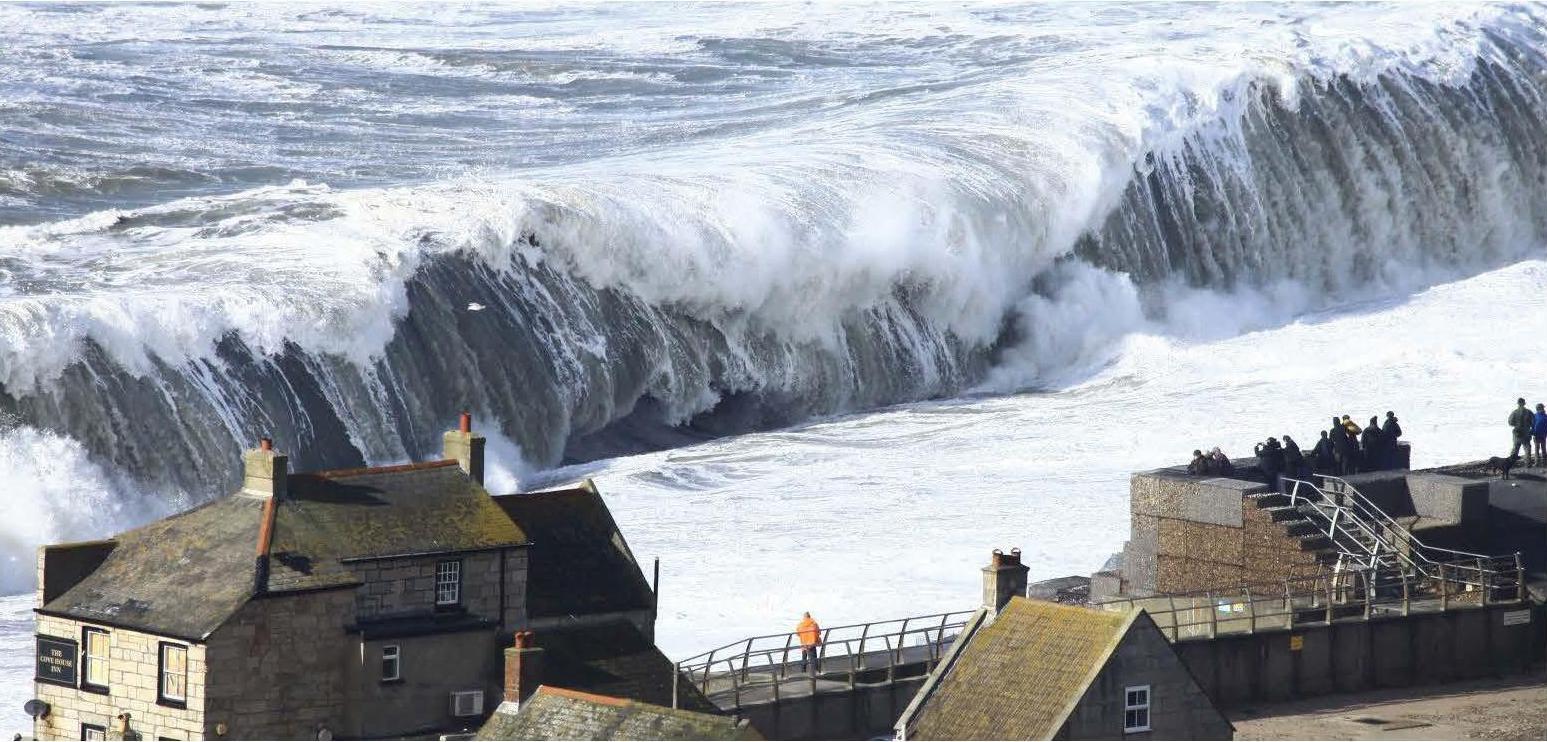
The coastal zone is a popular area for people to live. It houses 10% of the world’s population but represents only 2% of the global land surface. It is also important to society from an infrastructural, environmental and economic point of view. At the same time, the coastal zone is a hazardous environment. There are short-term threats (storms) and long-term threats (sea-level rise), for coastal communities and resources.
Living and working in the coastal zone makes society vulnerable to coastal hazards, as demonstrated by recent events, including:
Your organisation does not have access to this article.
Sign up today to give your students the edge they need to achieve their best grades with subject expertise
Subscribe




